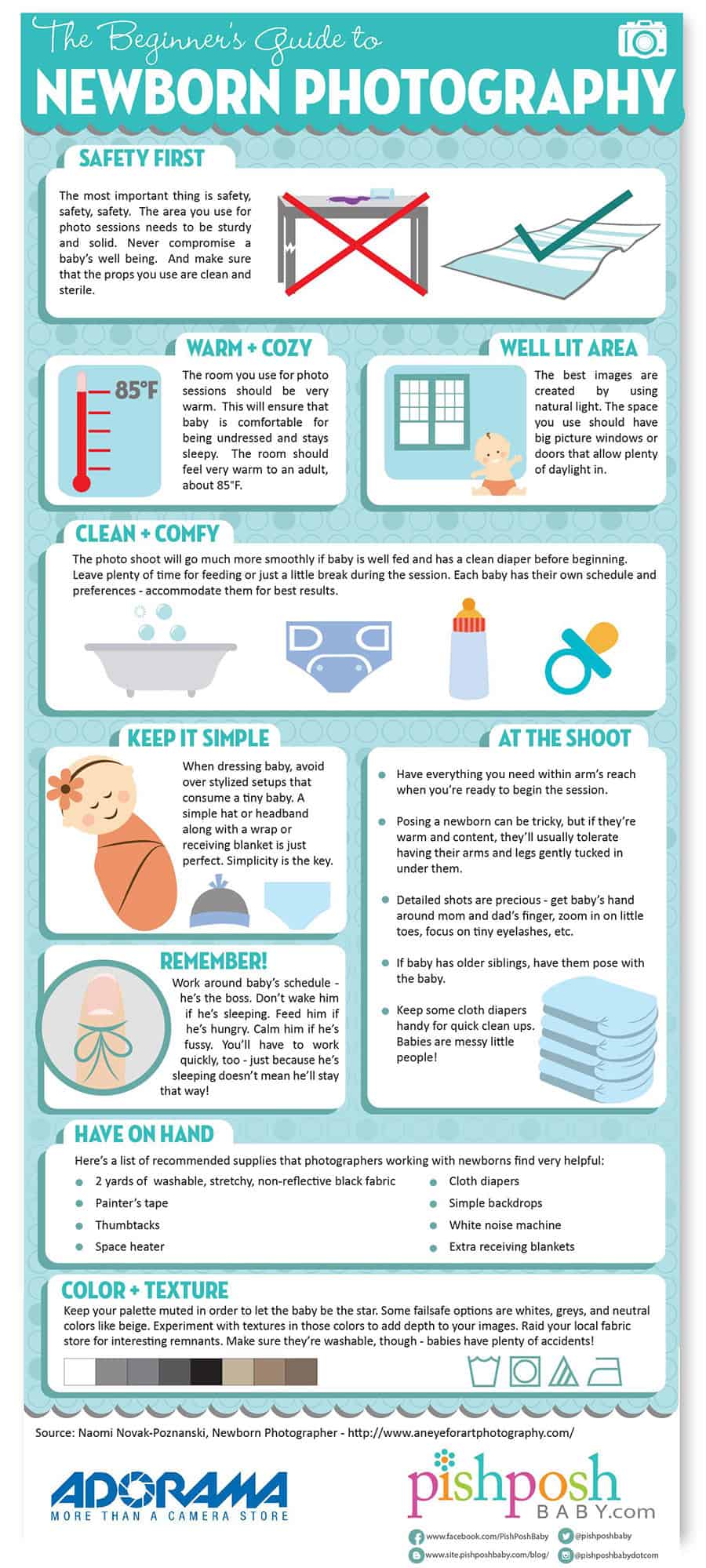Digital Photography Tips For Beginners: Grasping Your Electronic Camera In No Time
Digital Photography Tips For Beginners: Grasping Your Electronic Camera In No Time
Blog Article
Web Content Writer-Ballard Fuentes
When you initially grab your video camera, it can feel overwhelming with all the setups and options available. You might find yourself questioning how to navigate aperture, shutter speed, and ISO efficiently. Mastering these basics is crucial, yet there's more to digital photography than simply technical knowledge. Recognizing composition methods and lights conditions can raise your images dramatically. So, what if you could discover basic approaches to boost your skills and start catching impressive pictures earlier than you believe? Let's explore just how to change your photography trip.
Understanding Electronic Camera Settings
Understanding your video camera settings is essential for catching sensational photos. When you pick up your cam, familiarize on your own with the three main settings: aperture, shutter rate, and ISO. Each plays a vital role in how your pictures end up.
Begin with aperture, which regulates the amount of light entering the lens. A larger aperture (lower f-number) allows much more light and creates a stunning background blur, best for portraits. Alternatively, a narrower aperture (higher f-number) maintains more of the scene in emphasis, suitable for landscapes.
Next off, concentrate on shutter speed. This setup identifies how long your electronic camera's sensor is subjected to light. A quick shutter rate ices up activity, which is fantastic for action shots, while a slow shutter rate can develop sensational effects like smooth water in landscapes.
Lastly, change https://www.liveinternet.ru/users/kryger_pace/post509033158 . This setting influences your video camera's level of sensitivity to light. A higher ISO is useful in low-light scenarios but can present sound or grain. Aim for the most affordable ISO possible while still accomplishing correct direct exposure.
Composition Strategies
When you're out capturing, structure can make all the difference in how your photos reverberate with customers. Beginning by using the regulation of thirds; envision your frame separated right into nine equivalent areas with 2 straight and 2 upright lines. Placement key elements along these lines or at their intersections to develop balance and rate of interest.
Next, think about leading lines. These natural lines in your scene, like roadways or rivers, draw the visitor's eye right into the photo, guiding them via the tale you're telling.
Don't forget about framing; usage components within your scene, like trees or home windows, to produce a frame around your topic, adding depth and focus.
Likewise, keep an eye on your background. A chaotic history can sidetrack from your major subject, while a straightforward one helps it stand out.
Finally, trying out balance and patterns; they can develop a striking picture that catches attention.
Learning Illumination Issues
Understanding illumination problems is important for recording spectacular pictures, as the appropriate light can change an ordinary scene into something remarkable.
Start by observing natural light at various times of the day. related web-site and late afternoons use the most effective light, known as the golden hour. The soft, warm tones during these times can boost your photos magnificently.
Don't avoid cloudy days either; diffused light can lessen severe shadows and produce a pleasing result, especially for pictures.
Experiment with backlighting by placing your subject versus the light source. This strategy can develop a fanciful halo impact and add depth to your pictures.
Take notice of your electronic camera setups also. Adjust the ISO, aperture, and shutter speed to match the lighting problems. A higher ISO can help in low light, however be cautious of grain.
Utilize a tripod in darker environments to prevent blur.
Finally, do not forget artificial lights. Flash and constant lights can be great devices for managing light in challenging problems.
Final thought
To conclude, understanding your electronic camera does not have to be frustrating. By recognizing your settings, using structure methods, and taking advantage of the power of all-natural light, you'll quickly elevate your digital photography abilities. Keep in mind, exercise makes perfect, so get out there and experiment with your newly found knowledge. With time and devotion, you'll be capturing spectacular photos that reflect your one-of-a-kind viewpoint. professional profile photographer in the journey, and do not neglect to have fun while you're at it!
